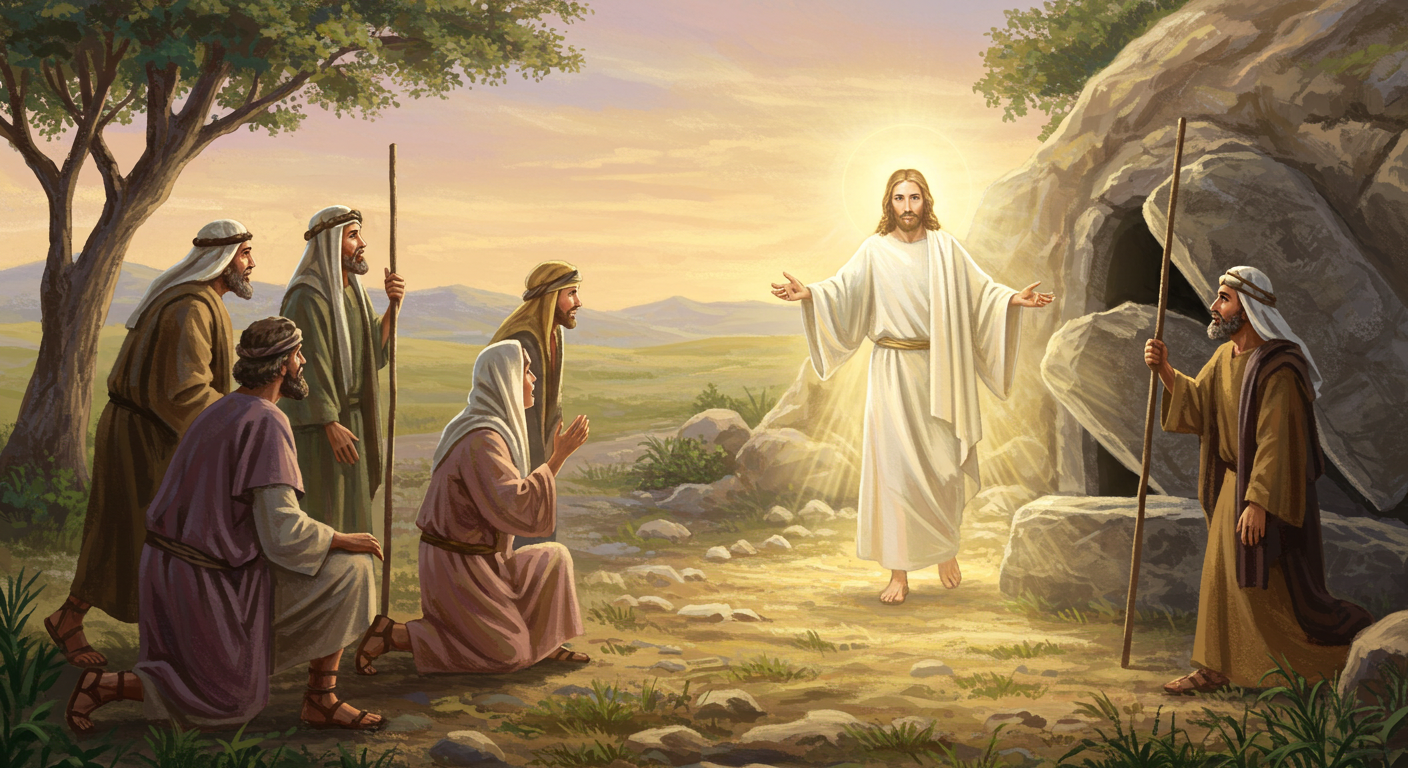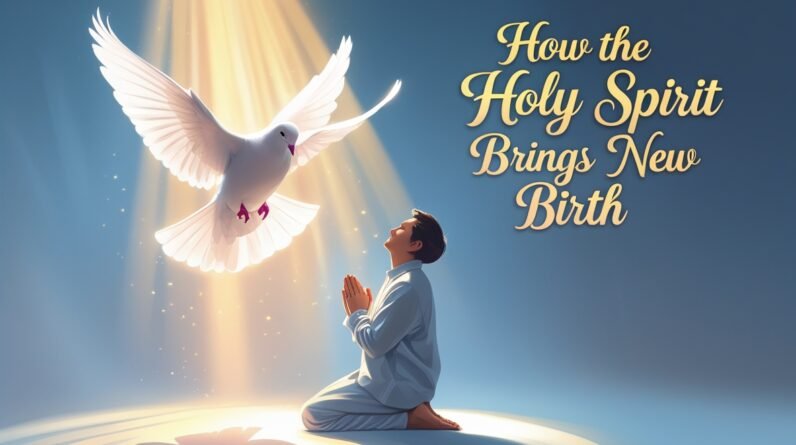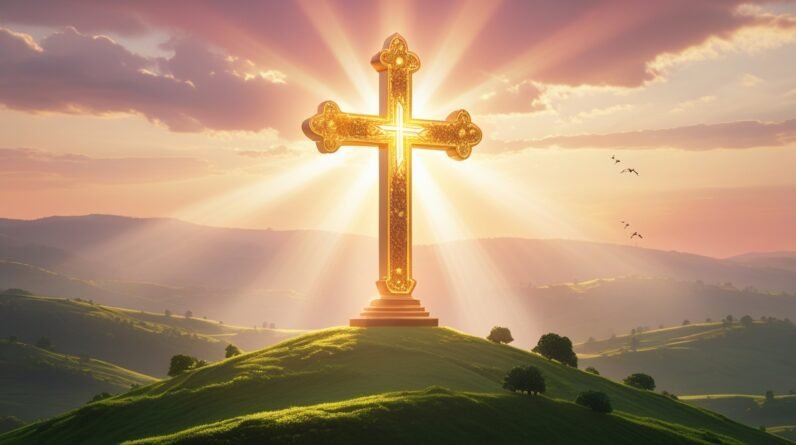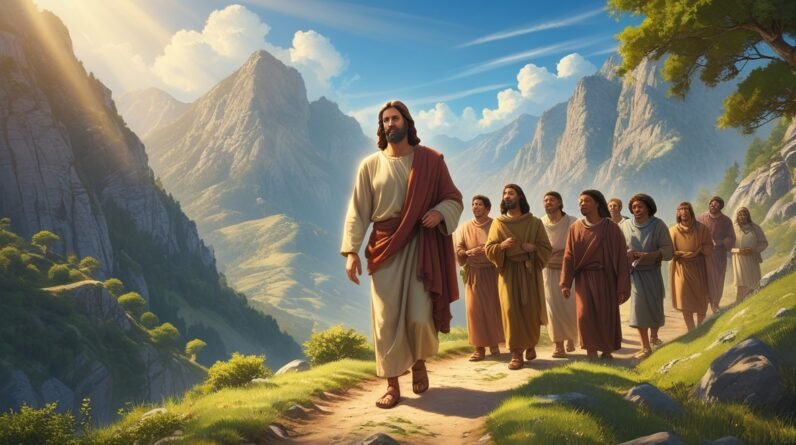Delve into the mystery of Jesus’ resurrection with insights from 1 Corinthians 15:3-4. Explore historical and theological perspectives in this compelling investigation.
Did Jesus Rise From The Dead? – Evidence Of The Resurrection (1 Corinthians 15:3-4)
Introduction
In a world densely woven with questions about faith, spirituality, and historical accuracy, the resurrection of Jesus Christ stands as one of the most pivotal questions pondered by both skeptics and believers alike. The resurrection is not merely a footnote in Christianity but forms the cornerstone of its theological claims. It’s a compelling promise of life after death, one that is intimately tied to the foundation of Christian faith and hope. This article embarks on a journey to explore this astounding event through the lens of biblical texts, most notably 1 Corinthians 15:3-4. As we delve into these ancient writings, let’s untangle the threads of history, theology, and personal reflection to better understand why the resurrection is central to the Christian message.
Key Bible Passage(s)
Scripture
The primary passage under the spotlight today is 1 Corinthians 15:3-4, where Paul the Apostle succinctly encapsulates the Gospel message: “For what I received I passed on to you as of first importance: that Christ died for our sins according to the Scriptures, that he was buried, that he was raised on the third day according to the Scriptures.”
Explanation
This passage is foundational because it not only states the resurrection event but also ties it to scriptural prophecy and historical witness. Paul emphasizes the weight of the resurrection as a miraculous landmark, asserting its occurrence and validity. By doing so, he assures believers of the depth and reliability of their faith, backed by historical tradition and scripture. His words invite us to understand the resurrection as more than just an event; it’s a promise fulfilled and a testament to divine power.

Section 1: The Sequence of Events
The Death and Burial of Jesus
The resurrection narrative first hinges on the undebatable fact of Jesus’ death and burial. The Gospels detail his crucifixion at the hands of the Roman authorities, witnessed by his followers and numerous onlookers. Jesus’ burial in a tomb sealed by a heavy stone is another cornerstone of the narrative, confirmed by scripture, which establishes a believable premise for his genuine death, setting the stage for what would defy natural law: his resurrection.
Eyewitness Accounts
The resurrection wasn’t an isolated apparition nor an uncorroborated claim. Numerous accounts across the New Testament, notably the gospel stories and passages like 1 Corinthians 15:5-8, offer a testament to Jesus’ appearances post-resurrection. He was seen by Mary Magdalene, his disciples, and over five hundred others, many of whom were alive at Paul’s writing, offering their lived testimonies as evidence at that time. This multitude of witnesses adds credibility, suggesting a compelling narrative experienced by varied individuals.
Illustration: Awakening the Dawn
Imagine waking from deep sleep to find the world utterly transformed by unexpected splendor. For the witnesses of Jesus’ resurrection, this was no dream but an awe-inspiring reality that disrupted fear with joy and sorrow with hope. It’s like witnessing the dawn for the first time after believing night would never end.
Section 2: Common Objections and Discussions
Skepticism and Alternative Theories
With any claim as grand as the resurrection comes skepticism and alternative theories. Some propose the swoon theory, suggesting Jesus never truly died, while others suggest that his body was stolen. However, these scenarios falter when confronted with the assertive Roman execution methods and the testimonies of varied and credible witnesses.
Scriptural Support
Another dimension weaves through the fabric of this narrative: its grounding in prophecy. The resurrection is not an isolated marvel but a fulfillment of scriptures like Isaiah 53:5-12, where the suffering servant’s image beckons toward a redemptive outcome. Such passages bolster the proclamation of Jesus’ resurrection, singing from the same hymnal of divine orchestration.
Real-Life Example
Consider the story of Lee Strobel, a journalist and former skeptic who embarked on a quest to disprove Christianity. His investigation led him unexpectedly to a faith transformation upon examining the evidence of the resurrection. Strobel’s journey illustrates the impact such a deep inquiry can have on understanding and accepting the resurrection’s implications.
Application: How This Impacts Our Lives
Personal Reflection
Contemplating the resurrection transcends mere theological debate—it reaches into the heart of personal belief and life application. What does it mean that Christ conquered death, and how does it shape our view of life, suffering, and redemption? You might find yourself stirred to consider your encounters with doubt and faith.
Practical Steps
- Explore the Texts: Engage with the New Testament accounts to delve deeper into the narratives of Jesus’ resurrection yourself.
- Reflect on Personal Beliefs: Consider how the resurrection informs your understanding of life, triumph over adversity, and the possibility of renewal.
- Dialogue with Others: Engage in conversations with individuals holding diverse perspectives to enrich your understanding and challenge your worldview.
Common Questions & Answers
Q: Why is the resurrection so central to Christianity?
A: Without the resurrection, the foundational claims of Christianity crumble. As Paul outlines in 1 Corinthians 15:14, if Christ hasn’t been raised, Christian preaching and faith are in vain. It’s the linchpin that validates Jesus’ divine nature and promises of eternal life.
Q: Couldn’t the disciples have made the story up?
A: The endurance of the disciples’ faith amidst persecution and martyrdom speaks volumes. Creating such a story would lack incentive for personal gain, hence the conviction demonstrated through their ultimate sacrifices adds credence to their claims.

Conclusion
The certainty of the resurrection is a gateway that opens toward a profound home of understanding who Jesus was and why His resurrection continues to echo through history. This divine invitation beckons reconsideration of assumptions and thoughtfully asks, “What if?” As you reflect on these revelations, consider how the resurrection invites us to view life through a lens of hope and transformation.
Call to Action (CTA)
If this exploration has sparked curiosity or stirred your heart, I invite you to clap for this article and share your thoughts in the comments below. For more on this journey of faith and insight, subscribe to my Medium newsletter for inspiring updates and new perspectives.
Reflection/Prayer
Prayer:
“Dear Lord, open our hearts to the mystery and wonder of your resurrection. Let this truth transform our doubts into a vibrant faith and our fears into unwavering hope. Amen.”







